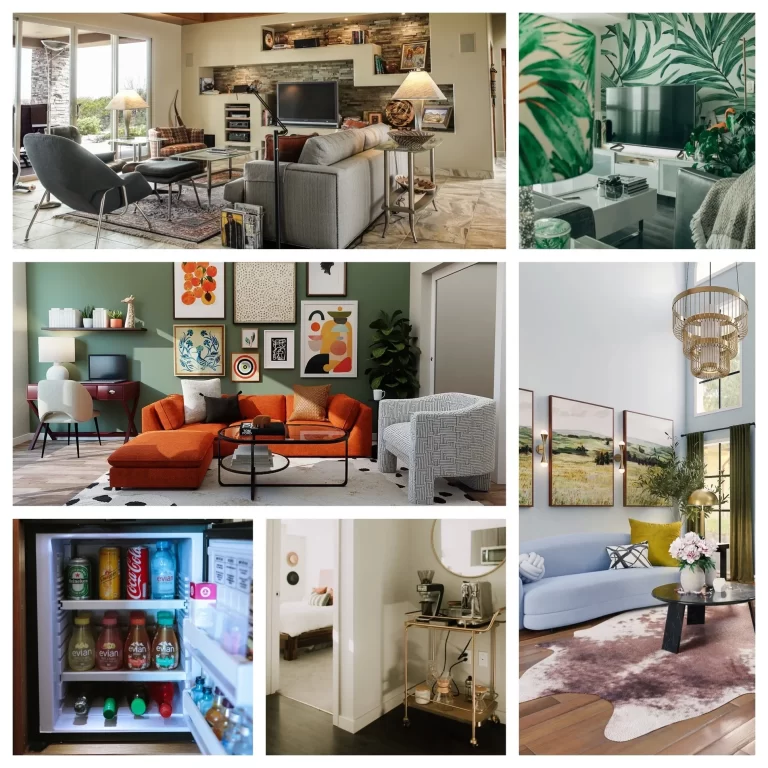Building a Portfolio That Stands Out: Tips for Aspiring Interior Designers

A well-crafted portfolio is crucial for aspiring interior designers to showcase their skills, creativity, and potential. It’s your visual resume, and it has the power to open doors to exciting opportunities. Here are some essential tips to help you build a portfolio that stands out and catches the eye of potential clients or employers.
1. Start with a Clear Concept
Your portfolio should tell a story about who you are as a designer. Define the message you want to convey and make sure your portfolio aligns with that narrative. Whether it’s modern minimalism or classic elegance, having a cohesive concept ensures that your work comes across as intentional and professional.
2. Highlight a Range of Projects
While it’s tempting to only showcase your best work, it’s also important to show variety. Include different types of projects—residential, commercial, small-scale, or large-scale. This demonstrates your ability to work across a range of design challenges and settings. If you’re just starting, include school projects, internships, or personal design projects.
3. Showcase Your Process
Clients and employers love to see how you approach a design project, not just the final product. Include sketches, mood boards, 3D renderings, and before-and-after photos to highlight your design process. Showing the steps you take to bring a project to life can help people understand your problem-solving skills and creative journey.
4. Use High-Quality Images
Visuals are key in interior design, so use high-quality images to present your work. Invest in professional photography if possible or learn to take high-quality photos yourself. Ensure that your images are well-lit, in focus, and taken from angles that best showcase your designs. Avoid using blurry or poorly lit images as they can detract from the quality of your work.
5. Keep It Updated
Your portfolio should be a living document that evolves with your career. Continuously update it with new projects and remove outdated or irrelevant work. A fresh portfolio shows that you’re active in the field and always pushing your skills forward.
6. Personalize Your Branding
Add a personal touch by including your unique design perspective and voice. Choose a consistent color scheme, typography, and layout for your portfolio. This will give it a professional, cohesive look that reflects your personal style and approach to design.
7. Tailor for Your Audience
When presenting your portfolio, tailor it to your audience. If you’re applying for a job at a corporate design firm, highlight commercial projects. If you’re pitching to residential clients, showcase cozy, inviting interiors. A targeted portfolio will resonate more with the people viewing it.
Conclusion
Your interior design portfolio is an essential tool for launching your career. By showcasing a variety of work, documenting your design process, and presenting high-quality images, you’ll be able to create a portfolio that stands out and attracts the right opportunities.






